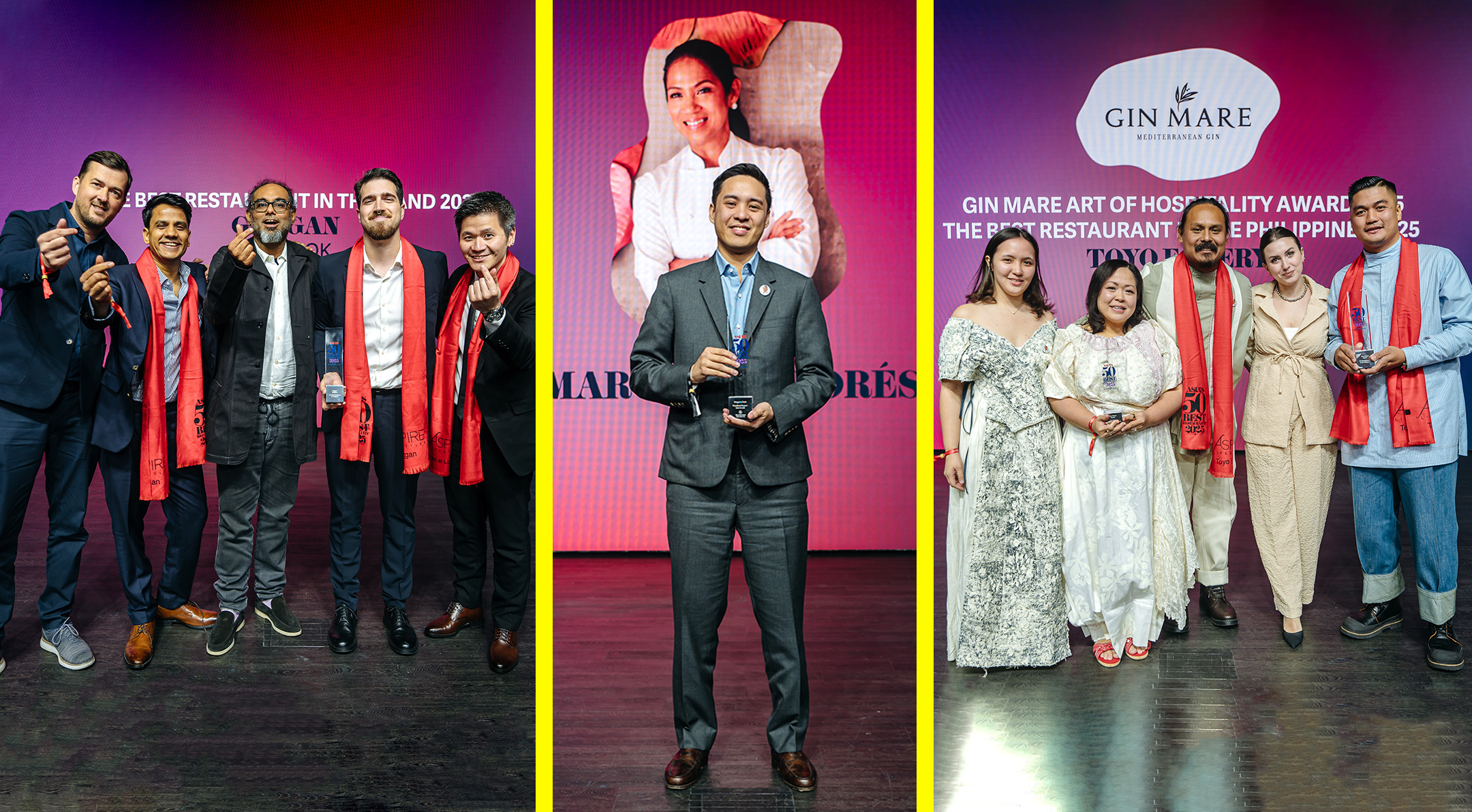Intrinsic to Felice Prudente Sta. Maria’s work is the study of the human race—the dishes and dining lifestyles that say much about how we feast, both then and now
What does your job as a food historian entail?
I study written, dated material and attempt to learn how a society uses its environment to feed itself, avoid hunger, and make a profit from food. I study changes in what and how we eat, and why those transformations occurred. Sometimes the findings offer warnings, solutions that can be revised and repeated, and even uncover forgotten ingredients and food combinations.
It involves a lot of research, especially as it requires tracing history. But does interviewing people play a big role too?
Oral history is important, and many writers use it for their stories and columns. When one asks a resource person about an event that had happened a long time ago, however, one has to double check written sources. So oral history always needs validating. My current focus is on sequencing information from Spanish and American colonial documents. For the Spanish era, no one is alive anymore from 1898.
You are a heritage and cultural development advocate; in fact, your dedication stretches to your role as a member of the Board of Trustees of the Philippine National Museum and Museo ng Kaalamang Kultura, and Commissioner of UNESCO National Commission of the Philippines and the Philippine Centennial Commission. In line with your advocacy, what does a culinary historian contribute?
Culture is how a society chooses to live. Our food and food ways are part of culture. By studying our cuisine, we get an image of who we are as a people. By sharing little known facts from the past, today’s food industry professionals can invigorate their inspiration to be innovative, find new edibles that can bat for point of origin certification, and craft new tourism and food campaigns based on long forgotten facts that actually are contemporary crowd-drawers. I advocate Filipinos evolving a culture that is both excellent and ennobling.
“Culture is how a society chooses to live. Our food and food ways are part of culture. By studying our cuisine, we get an image of who we are as a people”
One of your most notable works is “The Foods of Jose Rizal.” How does learning our food history during the time of our national heroes help us understand them more?
Not every Philippine hero or celebrity has sufficient published or written documents to really trace what he or she ate or cooked. But there is enough primary documentation about what Rizal ate and what he thought about the European dining room, a Hong Kong Chinese lauriat, and the frugal potato meal. “The Foods of Jose Rizal” [turns] Pepe into any little Filipino boy, any student with a diminishing allowance, any starving writer but also into the noble Rizal, the political activist who was convicted as an enemy of the Crown and who, in the end, showed how much he loved Filipinas.
“By sharing little known facts from the past, today’s food industry professionals can invigorate their inspiration to be innovative, find new edibles that can bat for point of origin certification, and craft new tourism and food campaigns based on long forgotten facts that actually are contemporary crowd-drawers”
Have you observed anything about the Filipinos in their preservation of ancestral and traditional cuisines?
Our culinary traditions remain honored. There are attempts to interpret dishes as closely as possible to some unspecified year in the past. By seeking precision in ingredients, we become more aware of the landscape and the weather of an era. And we reassess what our natural terrain is like now in comparison to then. But we need the historical indicators first, and they are a challenge to uncover. The point is to look if it is of value to us.
What is your take on traditional dishes being reincarnated, and foreign methods and dishes settling in the Philippine food scene?
It is important to be aware of what the baseline or “original” tradition is. Pegging the baseline includes the variety of ingredients and the technologies when the “original” was made; one can then deconstruct the original and reconstruct it innovatively. The reconstructions can be very far from the original yet very enjoyable and presented in ways appreciated by the contemporary guest. The world is in the midst of a culinary renaissance and the Philippines has not left itself out of it.
What is the cultural relevance of a food historian?
The Philippine food story has not been told from a historical angle yet. There are other stories from the past with current international possibilities. We have to resurrect that desire for exactness and the old-fashioned honeys that are an indication of a balanced, healthy, natural environment. Science and food history need to team up some more and inspire our food industry.
Felice Prudente Sta. Maria is a food historian and author of “The Culinary Culture of the Philippines,” “Gambila: A Preliminary Research Framework for the Study of Philippine Culinary History with Multidisciplinary Impact on Contemporary Social Reality,” “The Foods of Jose Rizal,” and “The Governor-General’s Kitchen: Philippine Culinary Vignettes and Period Recipes, 1521-1935”
Originally published in F&B Report July-August 2015










































